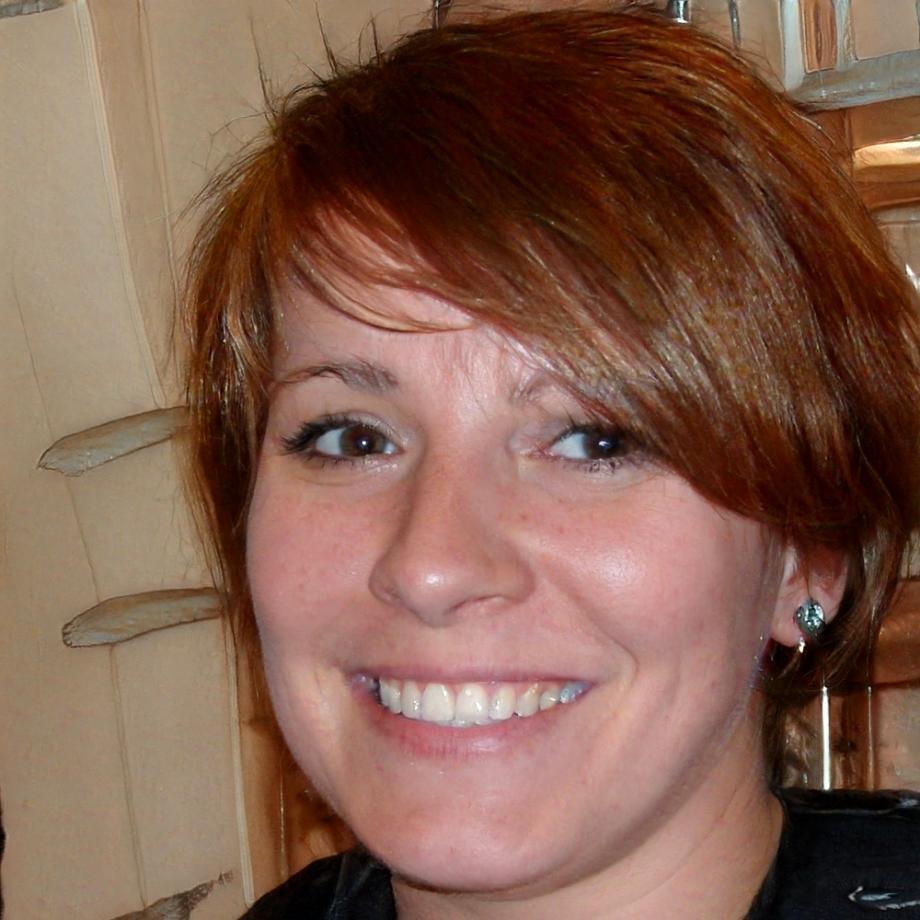How This Started
Back in early 2018, three of us were sitting in a cramped office watching yet another product launch go sideways. The software looked fine in demos. Passed all the internal checks. Then real users got their hands on it.
The problem wasn't lazy developers or bad code. It was that nobody was testing the way actual people use software. So we started Senselogicwave with one straightforward goal—break things before customers do.
We've worked with 87 companies since then. Some were startups scrambling to ship their first product. Others were established businesses dealing with legacy systems that nobody wanted to touch. Different problems, but the solution stays consistent: methodical testing, clear documentation, and honest feedback about what needs fixing.




